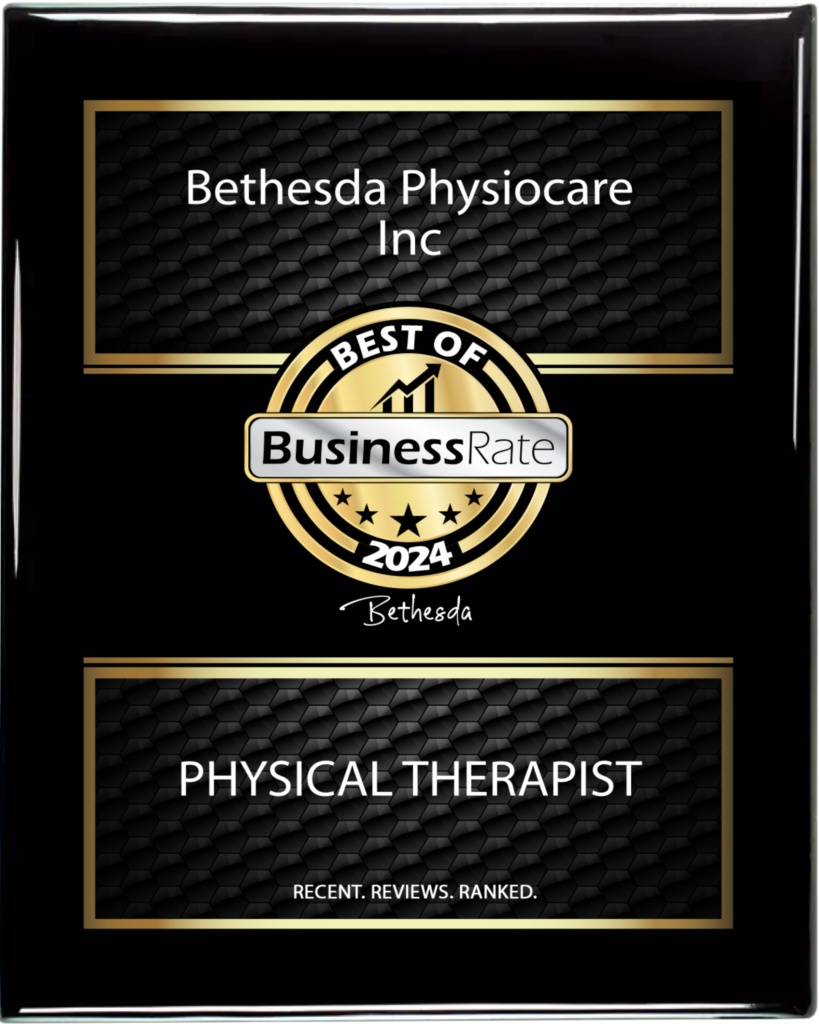
When engaged in regular sports activity and exercise regimens, it is not uncommon to overtrain, overwork, and ultimately strain muscles, joints, or tendons. As muscles are compromised, athletes tend to overcompensate or push too far to the point of injury.
For young athletes—such as high school football players or wrestlers—the focus is often on diligent training and work. At that stage in life, bodies are far more resistant and limber. In the past, emphasis on recovery and therapy was not a priority. In recent years, however, the use of structured training and physical therapy with these young athletes has made a difference in preventing injury, prolonging capacity, improving performance, and avoiding complicated surgeries. Most importantly, treatment of injury with physical therapy, along with a regular therapy component to various sports training, prolongs the athlete’s ability to perform well beyond their high school years.
Physical Therapy Throughout Athletic Communities of All Ages
Young athletes are not the only ones benefiting from the use of physical therapy as prevention. Athletes now know that physical therapy not only serves as regular maintenance but also as a preventative measure for unnecessary injury, and even to enhance athletic performance.
Physical therapy fortifies the body while maintaining mobility and flexibility at an optimal level. The 6.4 million viewers of Dancing with the Stars, for example, are witness to the extraordinary movements the body is capable of enduring in a short amount of time. Those who participate in these enthralling dance choreographies are professional dancers but also non-dancers whose bodies are likely not used to the intense training and difficult twists, spins, and waltzing around. Behind the cameras, the dancers count on physical therapy to maintain mobility, prevent injury, and allow themselves to push their bodies to new limits.
Similarly, with the rise of cross-training and neighborhood gyms of the CrossFit variety across the country, people who may have no history of athletic training suddenly find themselves attempting to perform complex movements that demand high levels of strength, flexibility, and mobility. It is not uncommon for these gym-goers to find themselves confronting pains and aches from the demanding workouts and the new fitness modalities in which they are training.
So How Does Physical Therapy Help?
Whether you are a parent of a high school athlete or an athlete yourself, there are several ways that a physical therapist can be an essential part of your training and overall wellness maintenance. Nobody—particularly athletes at the height of their training or nearing competition—wants to get news of a debilitating injury that will prevent them from participating in their favorite sport.
Here’s how PT helps:
Understanding your pain
In a previous post, we talked about physical therapy for chronic pain. And just like PT helps chronic pain, it is also used to treat acute pain that arises from overtraining, overuse, or minor injuries. More often than not, this pain is a warning sign of an impending injury or is cautioning of a deficiency that may be putting stress in other parts of the body.
A PT at Bethesda Physiocare will get to know your activities and seek to understand the cause of the pain. Because pain can be deceiving, it is not uncommon for it to manifest in an area that is not the origin of the problem. If your exhibiting knee pain, for example, your PT might discover that the pain is a result of weak glutes. We then take action on correcting this as a way to avoid further strain on the knee joint.
Analyzing movement
Every sport or activity is different. For example, a young gymnast and a high school wrestler will have very different training regimens. Understanding the activity and type of training you do will help us with movement analysis. If you have a pain point or feel something is not working right, we can analyze your movement to see where the problem may be located.
Strengthening muscles
Due to previous injury or unique body proportions, athletes often find that they have weak stabilizing or supporting muscles. Some athletes will often experience injury due to a lack of flexibility or mobility. As your physical therapist, we can create a program of strengthening exercises that will fortify these often-neglected stabilizers, maintain mobility, or increase flexibility.
Physical therapists at Bethesda Physiocare may also offer dry needling treatments to improve flexibility and build muscle strength. In fact, Dr. Dommerholt has published research that shows that dry needling can dramatically increase hamstring flexibility! 1, 2 All of this will supplement and enhance your performance in the sport of your choice.
Identifying body imbalances
A deep understanding of body imbalance can pinpoint weaknesses and problem spots. If an athlete is interested in working on speed, they might go harder on conditioning without realizing that there is a giant imbalance, an ankle problem, or something else.
For athletes, time is of the essence. An athlete being forced to sit out an entire season can be very bad news. Physical therapy can be used as recovery and prevention. It should be seen as a safeguard for athletes instead of only being used after surgery or after debilitating injuries.
Bethesda Physiocare is Here to Help You Thrive!
Physical therapists are movement specialists that can elevate performance and prevent injuries. Here, at Bethesda Physiocare, we work with athletes of all ages to identify and assess performance deficiencies or biomechanical flaws that might serve as a problem in the future. If you are an athlete training for a competition, hoping for a career in college sports, or simply want to avoid injury, connect with an experienced PT at Bethesda Physiocare and find out more!
- Ansari NN, Alaei P, Naghdi S, Fakhari Z, Komesh S, Dommerholt J. Immediate Effects of Dry Needling as a Novel Strategy for Hamstring Flexibility: A Single-Blinded Clinical Pilot Study. J Sport Rehabil. 2020;29:156-161.
- Alaei P, Nakhostin Ansari N, Naghdi S, Fakhari Z, Komesh S, Dommerholt J. Dry Needling for Hamstring Flexibility: A Single-Blind Randomized Controlled Trial. J Sport Rehabil. 2020 Oct 7:1-6. doi: 10.1123/jsr.2020-0111. Epub ahead of print. PMID: 33027765.



